Many children use too much pressure when writing. Read on for OT tricks to conquer this problem!
“He breaks pencils like crazy, and then wastes 5 minutes each time to go sharpen it! Why is he pressing so hard?”
The teacher’s cheeks were pink with frustration. I could see her patience with Billy was at an all-time low.
This little boy was bright, but he wasn’t producing neat work and he wasn’t finishing his work in an appropriate time frame. And all because of one silly reason:
Too much pressure.
There are a few reasons why a child may be pressing too hard when writing, coloring, and drawing.

This post contains affiliate links.
Why IS MY Child UsING Too Much Pressure When Writing?
1. Sensory Processing: Children with sensory processing difficulties may exhibit seeking or avoiding behaviors that impact the amount of pressure they use with graphomotor tools. Some children enjoy the feeling of pressing very hard (seeking), while other children avoid the tactile sensation of pressing too lightly (avoiding). Students with decreased body awareness or proprioception may not realize how hard they are pressing or how much pressure they should be exerting. Proprioception is the body’s ability to sense itself. The receptors in the skin and muscle joints tell the child’s brain where their body is in space and what their body is doing. If a child’s proprioceptive sense is impaired, they may have difficulty “grading” how hard they are pressing. This is similar to a child holding their juice box too tightly, causing it to squirt all over the place!
Sensory Processing 101 is the ultimate guide to Sensory Processing Disorder– a tell-all book written from the unique perspectives of a parent, therapist, and teacher. This is a must-have resource for anyone who cares for a child with SPD.
2. Gross motor: Children with poor trunk stability have difficulty separating their arm movements from their hand and finger movements. This means they use their whole arm to manipulate the pencil, resulting in large uncontrolled movements.
3. Fine motor: Children who haven’t developed wrist stability have trouble keeping their wrist stable while moving their fingers and thumb. This immature development can lead to clenched grips, increased pressure, and white knuckles. Children with weak hand strength often don’t have the dexterity to manipulate their pencils well and may compensate by pressing too hard.
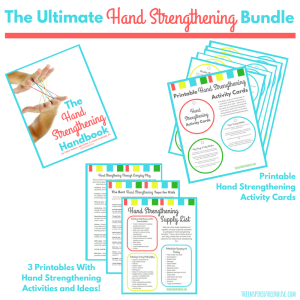
The Ultimate Hand Strengthening Handbook, Activity Cards, and Printable Pack are the perfect way to improve hand strength, manipulation, and dexterity.
4. Bilateral Coordination: Children with poor bilateral coordination (the ability to use two hands together) don’t stabilize the paper with their “helping” hand. To compensate, they use the forearm of their “writing hand” to hold the paper steady. This causes them to press too hard.
How do you stop a child from pressing too hard when writing?
It’s important to understand why a child is pressing too hard to address it. For instance, if a child is using their whole arm to manipulate a crayon, you will need to work on developing shoulder and wrist stability as well as grasping and pressure skills.
If it’s a proprioception issue, you will need to use heavy work and proprioceptive activities to teach the child about controlling the amount of force they are using.
Tried and True “OT tricks” for when a child uses too much pressure When Writing
- Change the pencil. Some children immediately press lighter with a change in the writing utensil.
- Mechanical pencils break very easily with too much pressure. After a few tries, some children are able to exert less pressure.
- You could also try using a heavier, more sturdy pencil such as a grease pencil. This provides more resistance without pressing so hard.
Grease pencils provide kinesthetic feedback when writing, which can help a child with sensory processing difficulties.
- Brush pens have a soft tip that leave dark marks with very little pressure. Practice writing with these to teach the grading of pressure.
- Vibrating pens or pencils shake and wiggle unless held very firmly. Encourage your child to hold it lightly, which will result in spirally circley lines.
|
|
|
2. Change the paper. Try using tissue paper or newspaper that will rip easily with too much pressure.
3. Change the writing surface. Place something “squishy” such as a mouse pad, foam sheet, or cork board underneath the paper. Sharp points will break through with too much pressure.
- You can also try changing the surface underneath to something hard. If a child is “enjoying” the feeling of pressing really hard, making marks that go deep into the notebook, try using just a single sheet of looseleaf on the desk.
4. Do coloring by number activities, but add a pressure component.
For instance, instead of
1- black
2- yellow
3- green
4- red
Change it to
1-light black
2- dark yellow
3- light green
4- dark red
Make sure you explain to your student that light and dark refers to pressure, NOT color. Changing the amount of force they exert onto the pencil is helpful in teaching children how to “self-modulate” and control the amount of force they are using.
These suggestions were a big help for Billy’s exasperated teacher. He kept using too much pressure when writing and then wasting precious learning time to sharpen or go get a new one. Using these tricks, she learned that Billy enjoyed the feeling of pressing really hard on his paper. She changed his daily journal writing. Instead of using a composition notebook, Billy started writing on a single sheet of looseleaf each day. This eliminated the component of being able to “feel” the pencil dig into all the sheets of the notebook.
Do you have any other suggestions for how you help a child who uses too much pressure when writing? Please share in the comments so we can all try it out!
For more handwriting tips and tricks, check out “The Handwriting Book“. It’s a comprehensive guide to Handwriting written by pediatric therapists.


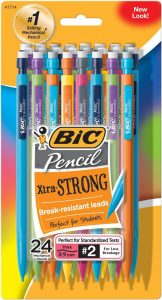
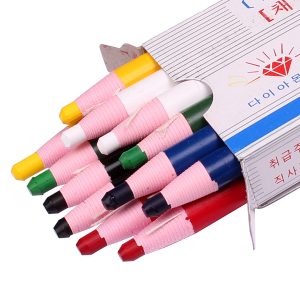

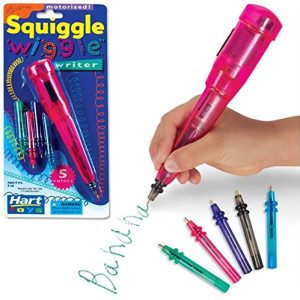



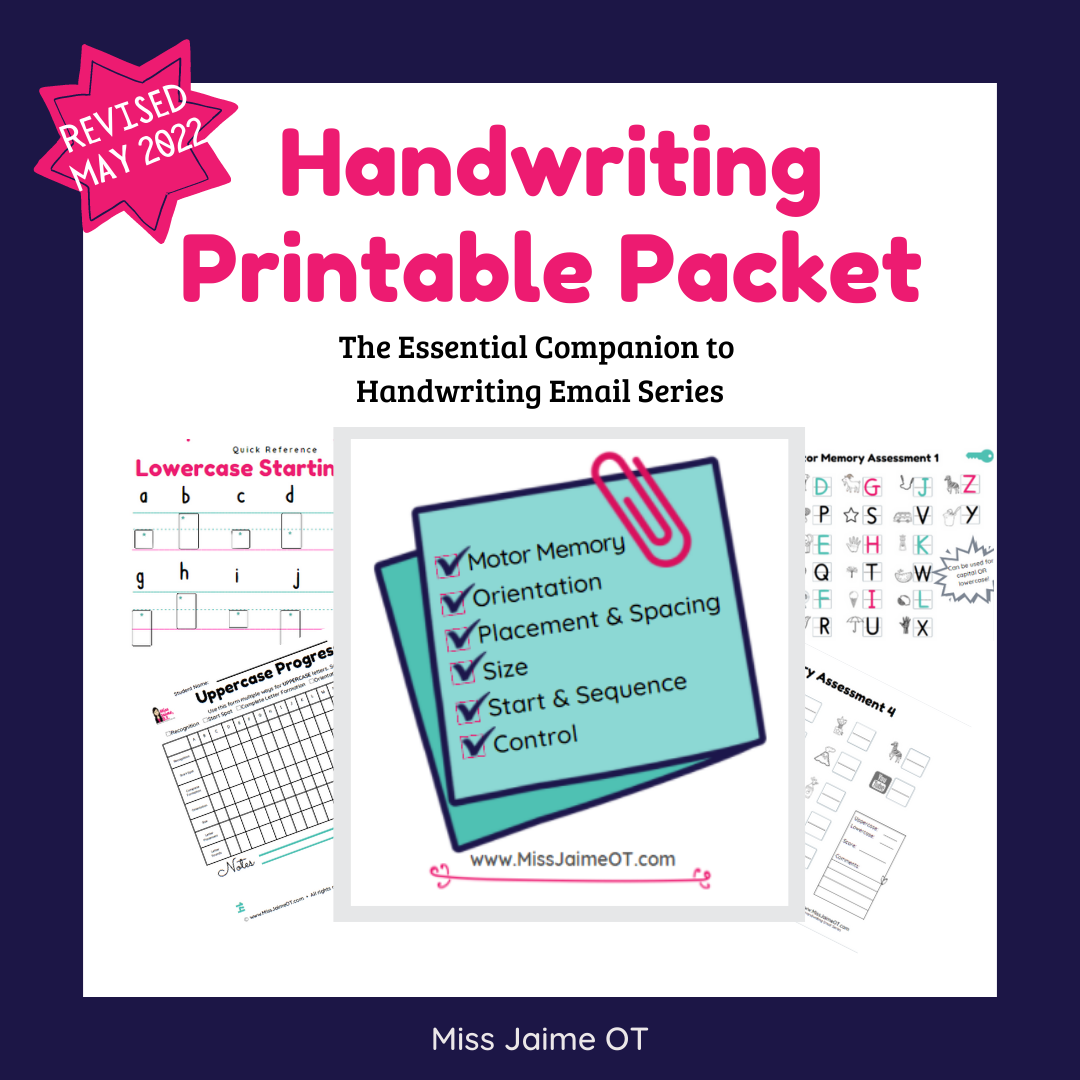
Trackbacks/Pingbacks